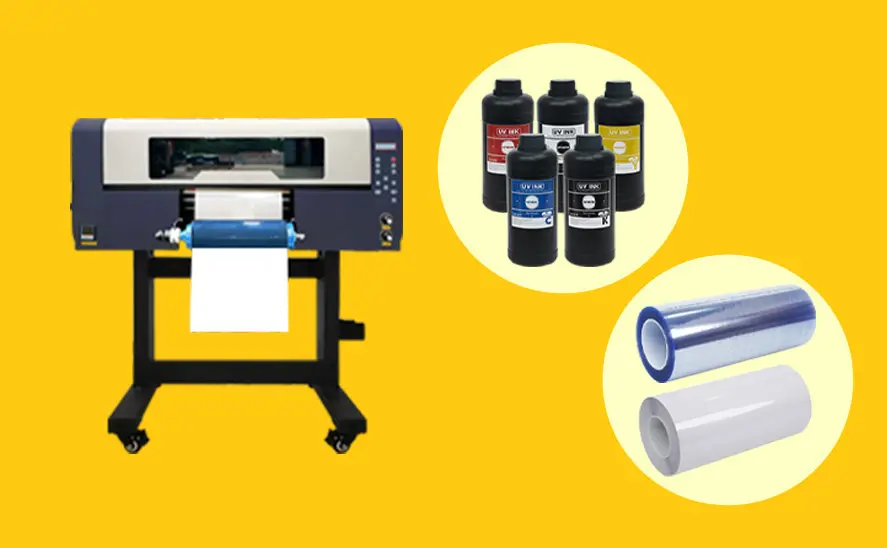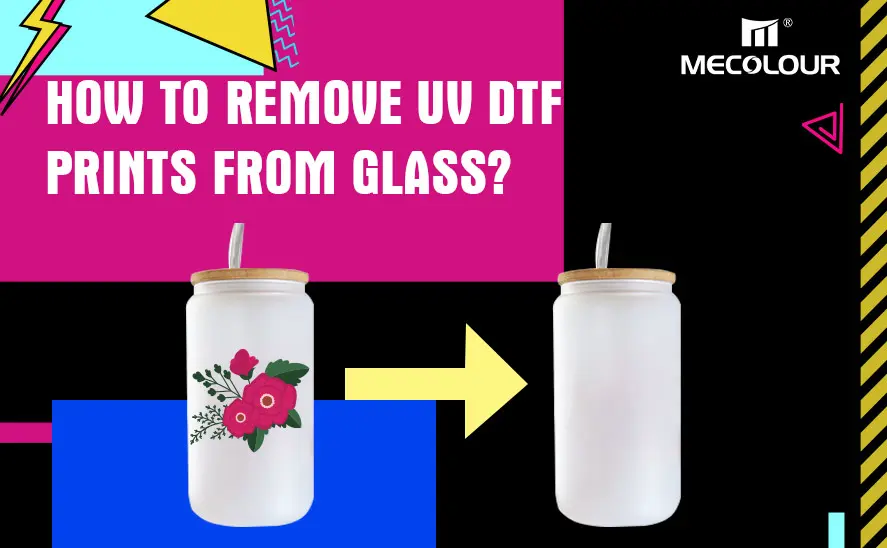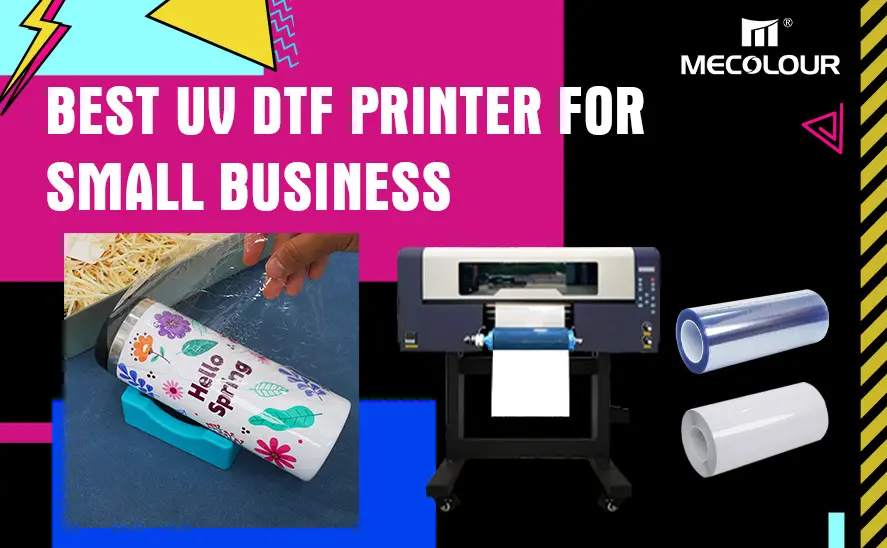
Blog
Why Is My UV DTF Not Sticking?

UV Direct-to-Film (DTF) printing is a powerful method for transferring vibrant, detailed designs onto various surfaces. However, issues with adhesion are not uncommon. If your UV DTF isn’t sticking as it should, several factors could be at play. This guide explores the common reasons why UV DTF Not Sticking and provides actionable solutions to ensure successful transfers every time.
Understanding UV DTF Adhesion
UV DTF printing involves a two-step process:
Printing the design onto a special transfer film.
Applying the design to the target surface using an adhesive layer and curing it with UV light.
If any step in this process is compromised, adhesion problems may occur.
Common Reasons for UV DTF Not Sticking
1. Improper Surface Preparation
For UV DTF to adhere correctly, the surface must be clean, smooth, and free of contaminants. Dust, grease, or even moisture can act as barriers, preventing the adhesive from bonding effectively.
Solution:
Clean the surface thoroughly using isopropyl alcohol or a specialized cleaning agent.
Ensure the surface is completely dry before application.
2. Incompatible Substrate
Not all materials are inherently compatible with UV DTF. Some surfaces, such as porous or highly textured ones, may not allow the adhesive to form a strong bond.
Solution:
Use surfaces specifically designed or coated for UV DTF printing.
Apply a primer or base coating to materials that require additional preparation.
3. Low-Quality Film or Ink
Using subpar UV DTF film or ink can lead to poor adhesion. Low-quality materials may lack the necessary chemical properties for effective bonding.
Solution:
Invest in high-quality UV DTF films and inks designed for your UV DTF printer and application.
Ensure the film and ink are compatible with the substrate.
4. Inadequate UV Curing
The UV curing process is critical for ensuring the adhesive sets properly. If the UV light exposure is insufficient, the adhesive layer may remain tacky or fail to bond.
Solution:
Check the UV lamp’s intensity and ensure it is functioning at the required level.
Adjust curing time to ensure the adhesive is fully hardened.
5. Incorrect Application Pressure
Applying inconsistent or insufficient pressure during the transfer process can cause uneven bonding, leading to peeling or incomplete adhesion.
Solution:
Use consistent and adequate pressure when applying the film.

uv dtf items
6. Environmental Factors
Environmental conditions, such as temperature and humidity, can impact the adhesion process. For instance:
High humidity can affect the adhesive’s drying process.
Low temperatures can cause the adhesive to harden prematurely.
Solution:
Work in a controlled environment with moderate temperature (around 20-25°C) and low humidity.
7. Incorrect Film Removal
Peeling the carrier film too quickly or at the wrong angle can disrupt adhesion.
Solution:
Allow the adhesive to cure fully before removing the carrier film.
Peel the film slowly at a consistent angle to avoid damaging the transfer.
8. Incorrect Film Removal
Peeling the carrier film too quickly or at the wrong angle can disrupt adhesion.
Solution:
Allow the adhesive to cure fully before removing the carrier film.
Peel the film slowly at a consistent angle to avoid damaging the transfer.
Additional Tips for Ensuring UV DTF Adhesion
1. Test Before Full Application
Always test on a small area of the substrate to ensure compatibility and adhesion before proceeding with large-scale projects.
2. Follow Manufacturer Guidelines
Each UV DTF system has unique requirements. Always follow the specific instructions provided by the manufacturer of your UV DTF printer, film, and substrate.
3. Use Protective Coatings
Applying a UV-resistant topcoat can enhance adhesion and protect the design from wear and tear, especially for items exposed to outdoor conditions.
UV DTF not sticking is often a result of issues with surface preparation, material compatibility, or process parameters. By identifying and addressing these issues, you can achieve flawless transfers with vibrant and durable results.
Related:
UV DTF Transfers: Vibrant & Durable Prints
Is UV DTF permanent?
What are the applications of UV DTF













